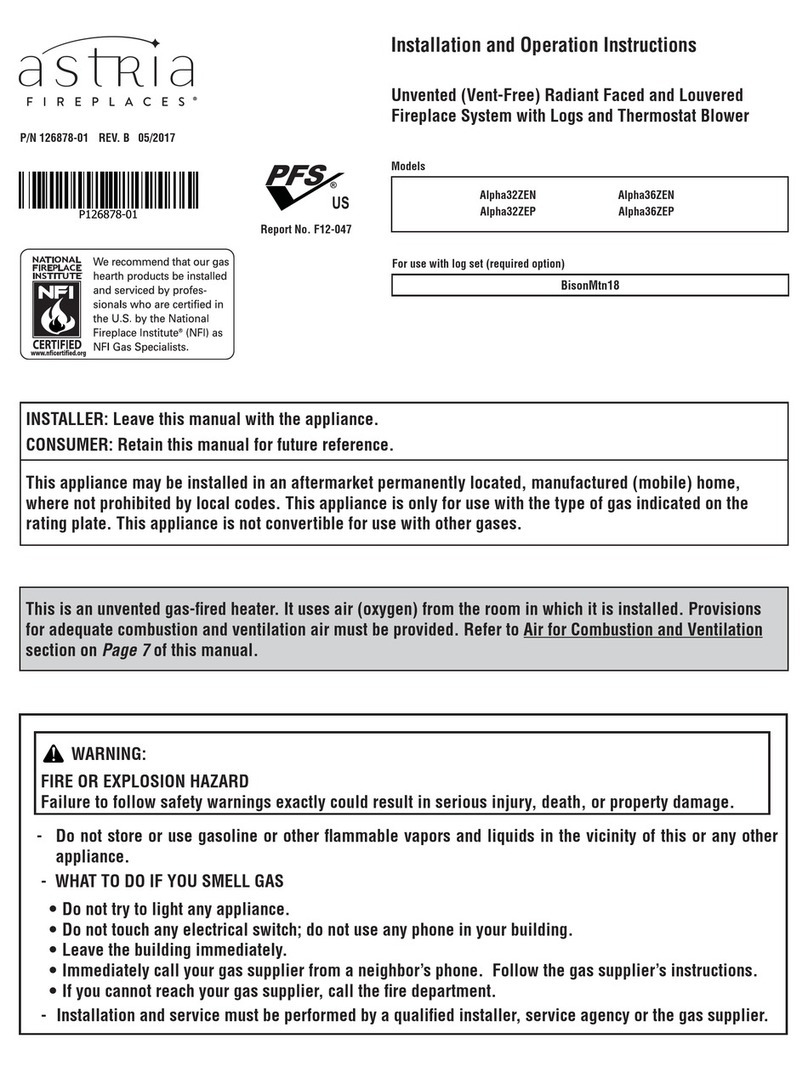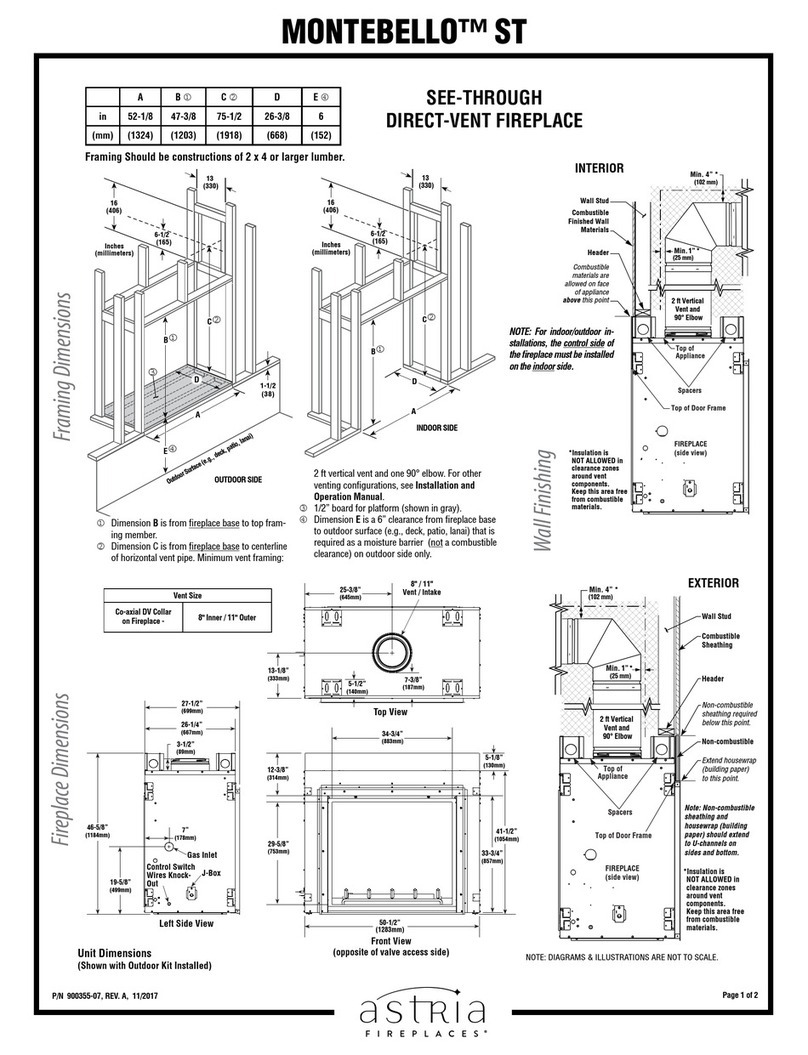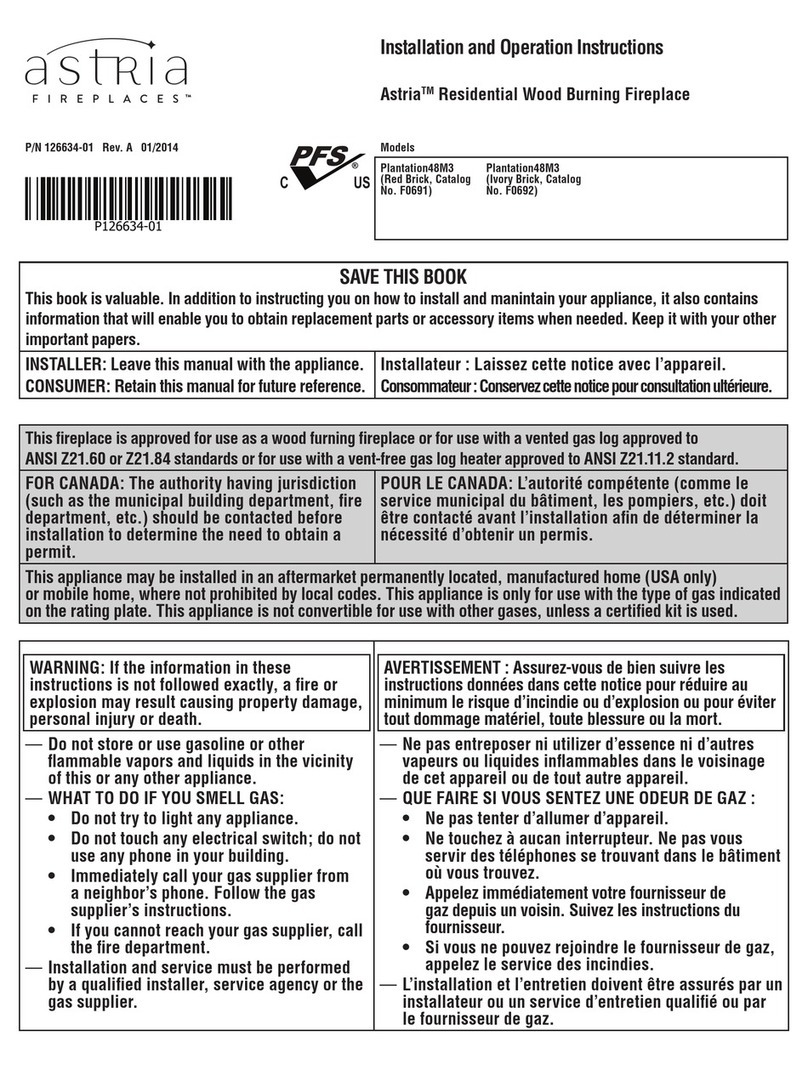Astria Plantation48M3 F0691 User manual
Other Astria Indoor Fireplace manuals
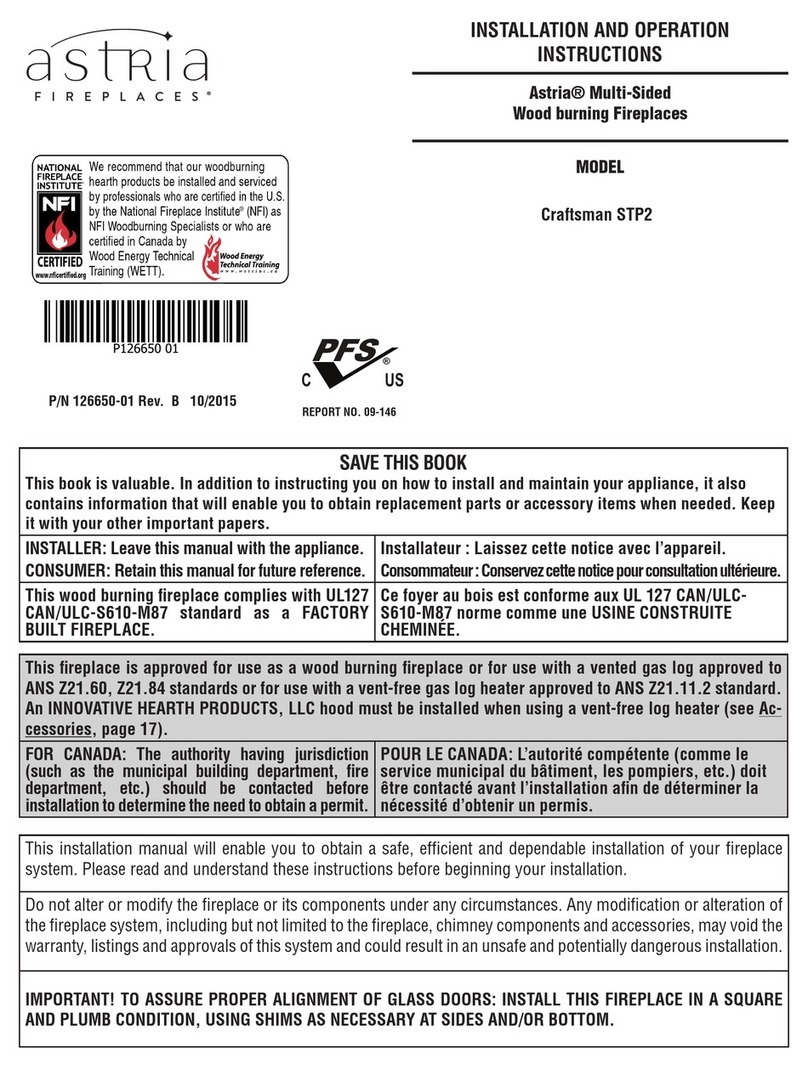
Astria
Astria Craftsman STP2 User manual

Astria
Astria MHD35 Series Owner's manual
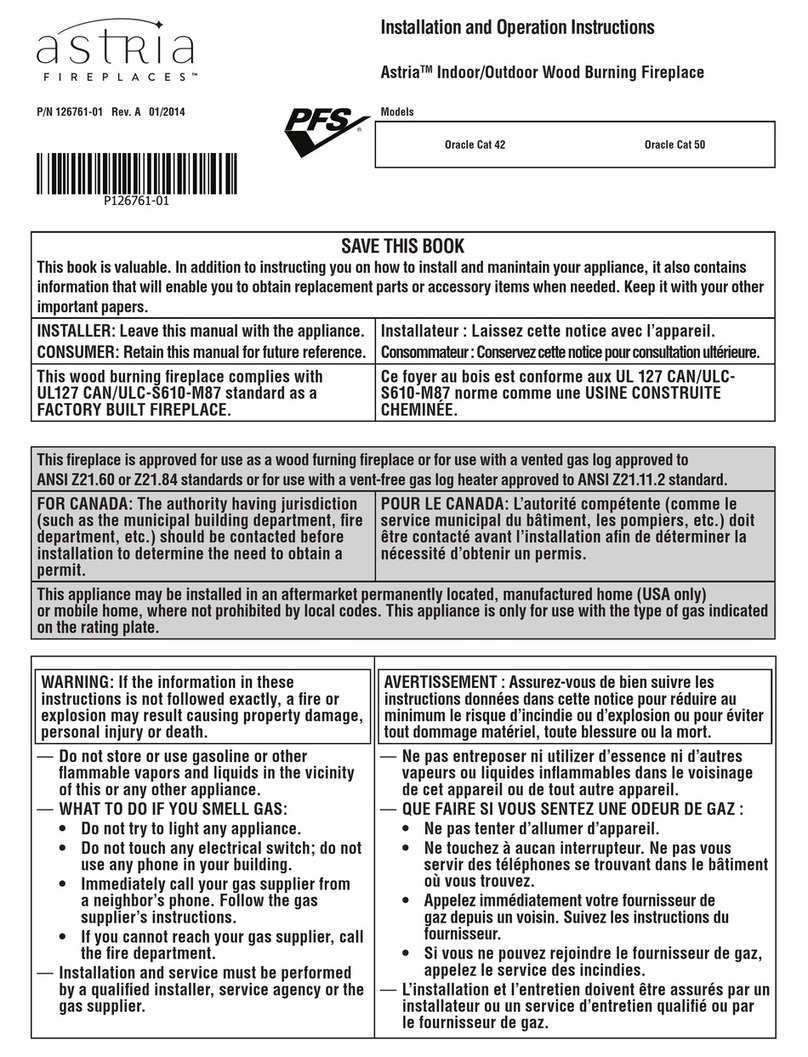
Astria
Astria Oracle Cat 50 User manual
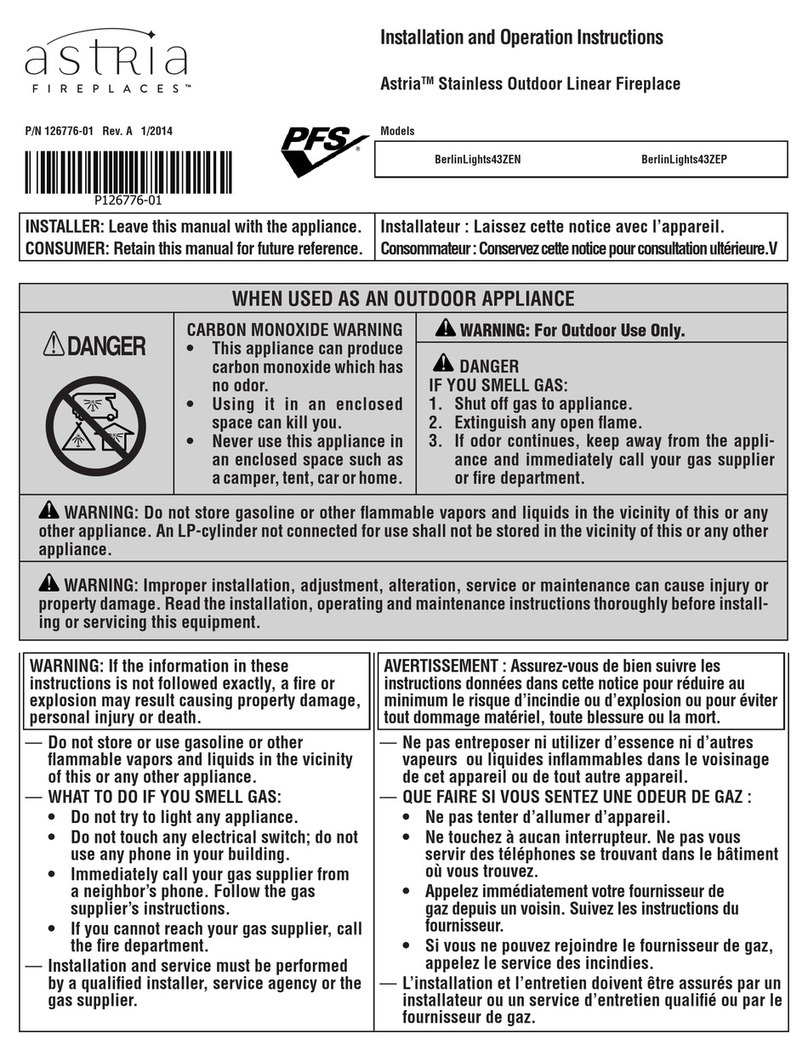
Astria
Astria BerlinLights43ZEP User manual
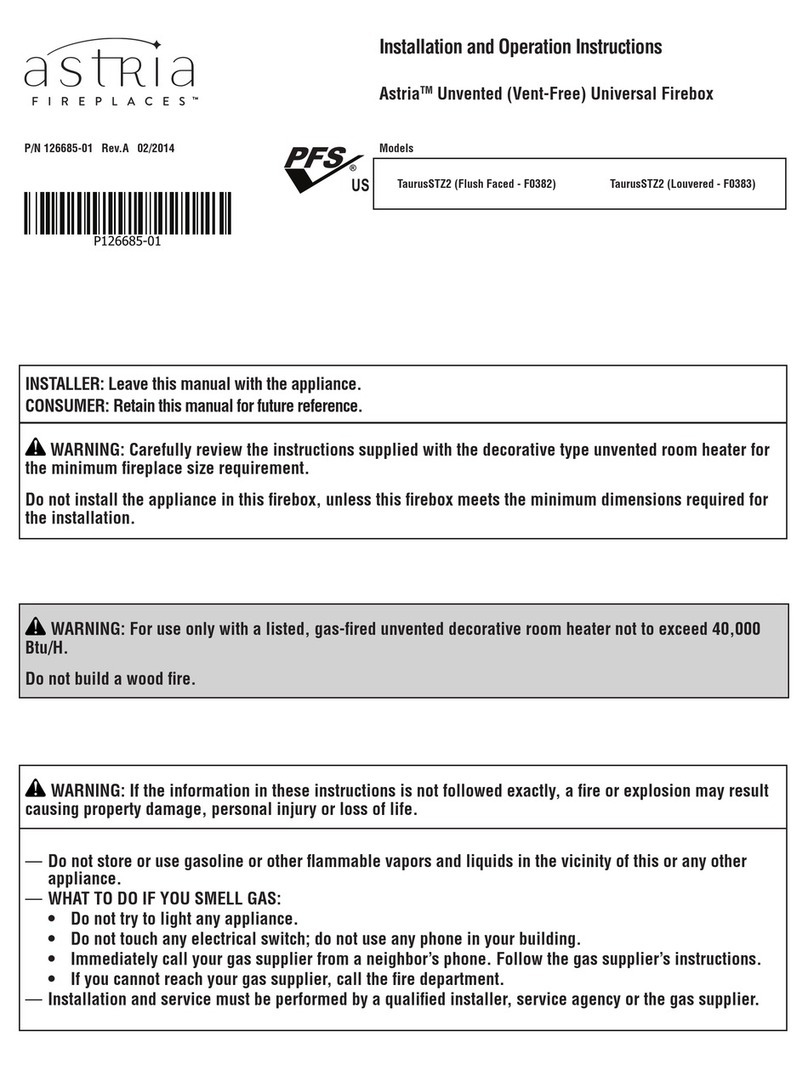
Astria
Astria TaurusSTZ2 F0382 User manual
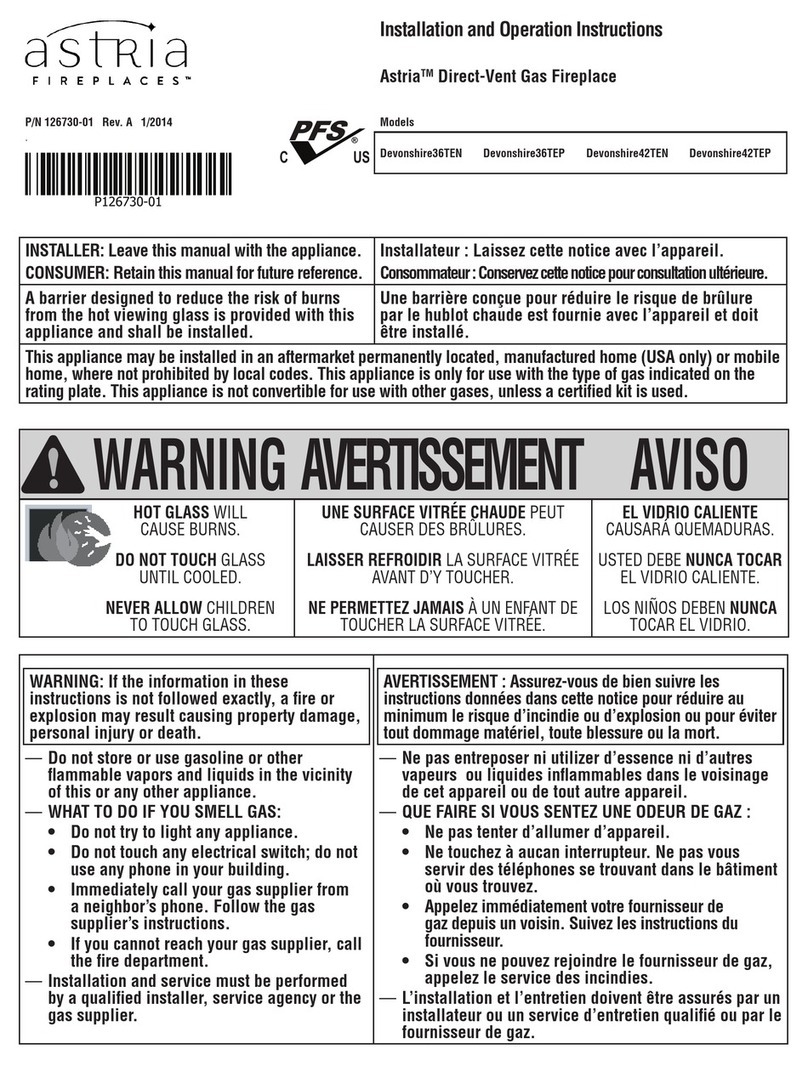
Astria
Astria 126730-01 Owner's manual
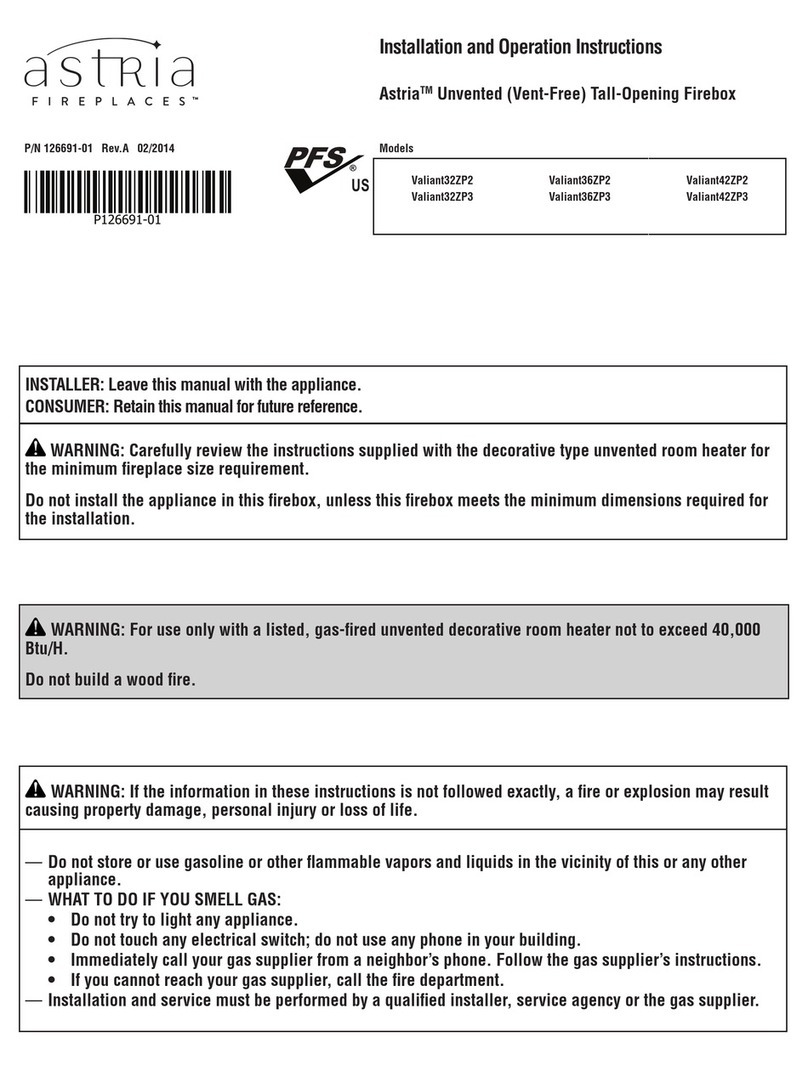
Astria
Astria Valiant32ZP2 User manual
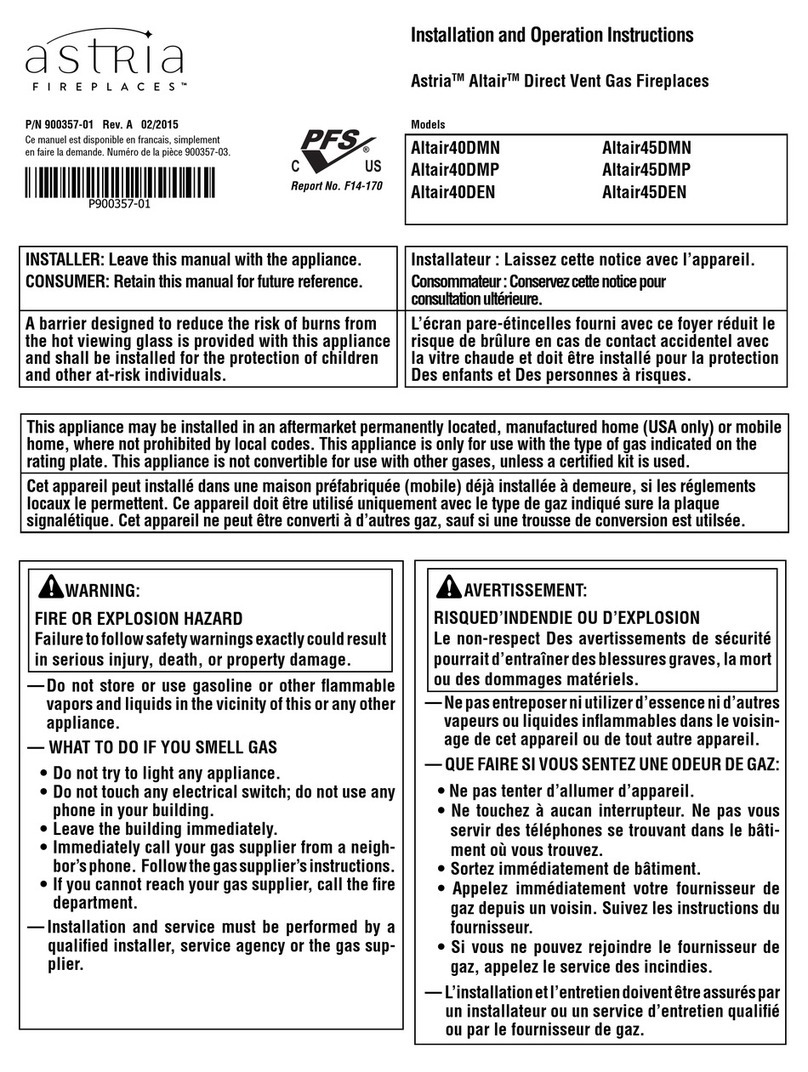
Astria
Astria Altair40DMN User manual
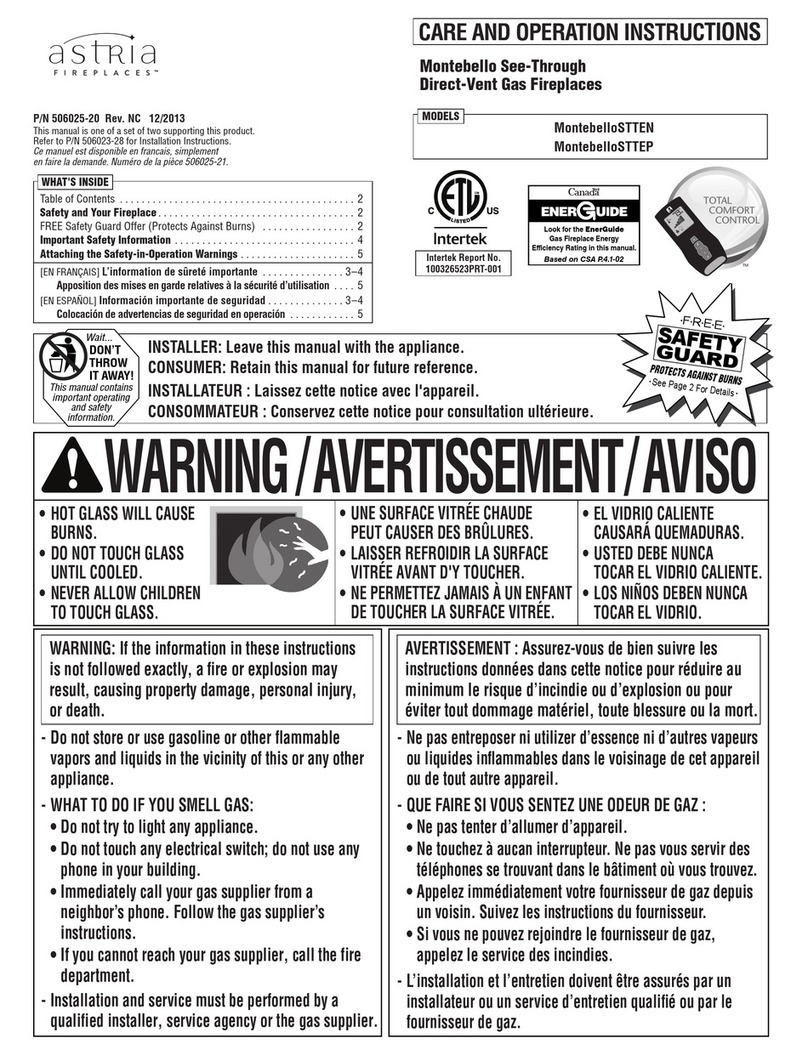
Astria
Astria MontebelloSTTEP User manual
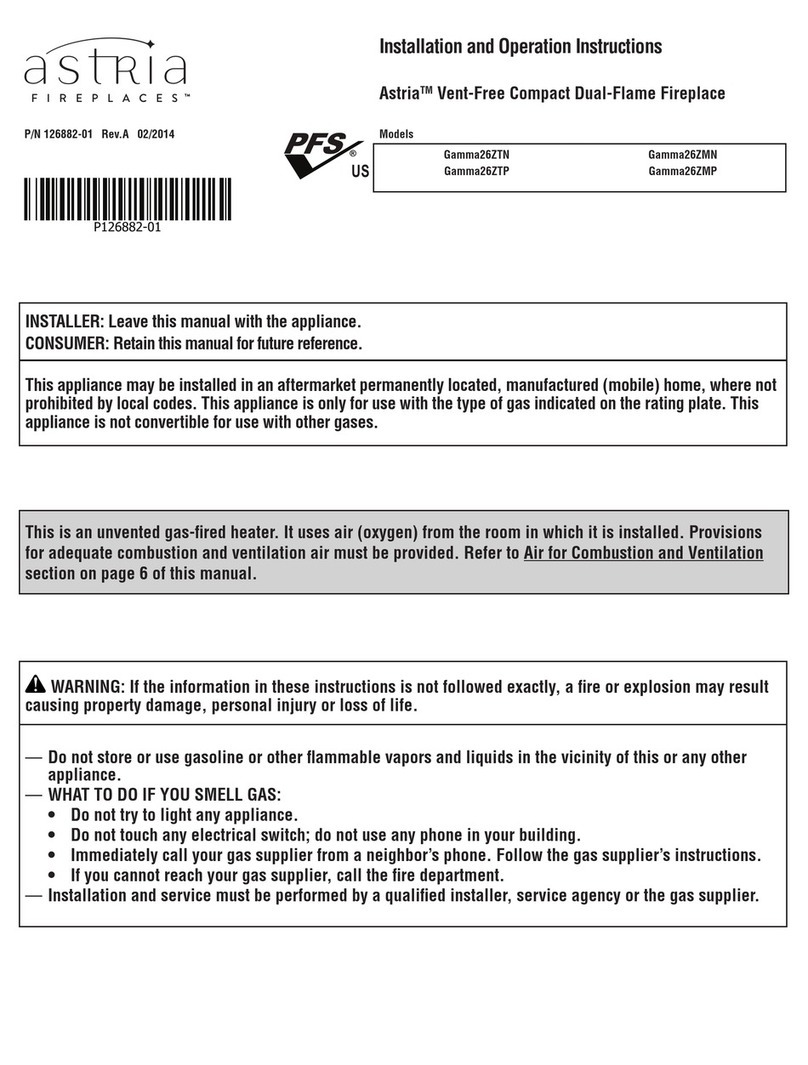
Astria
Astria Gamma26ZTN User manual
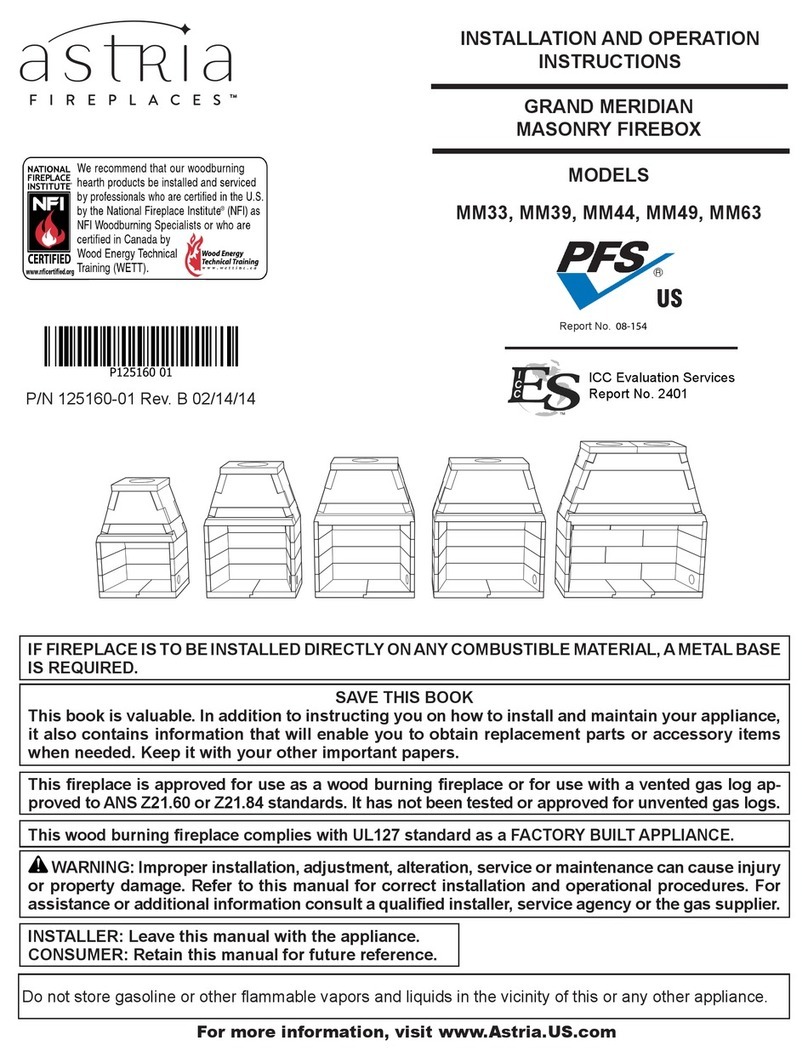
Astria
Astria MM39 User manual
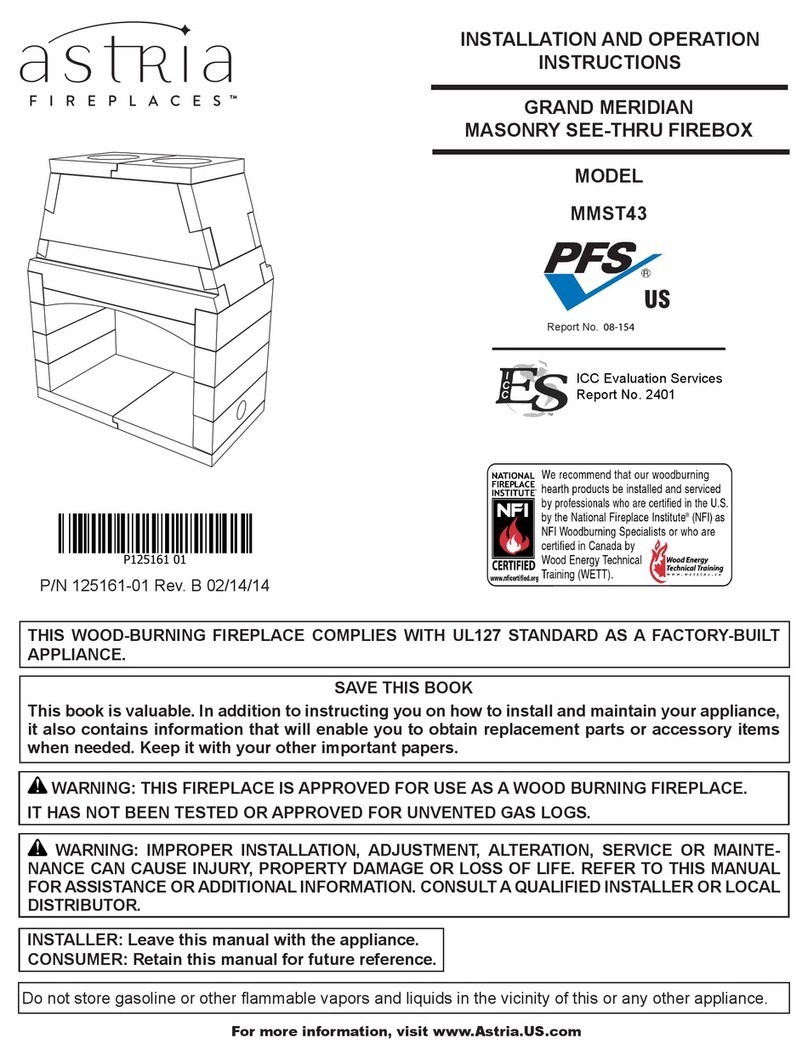
Astria
Astria MMST43 User manual

Astria
Astria Marquee36 User manual

Astria
Astria Venetian36 User manual

Astria
Astria VILLA VISTA User manual
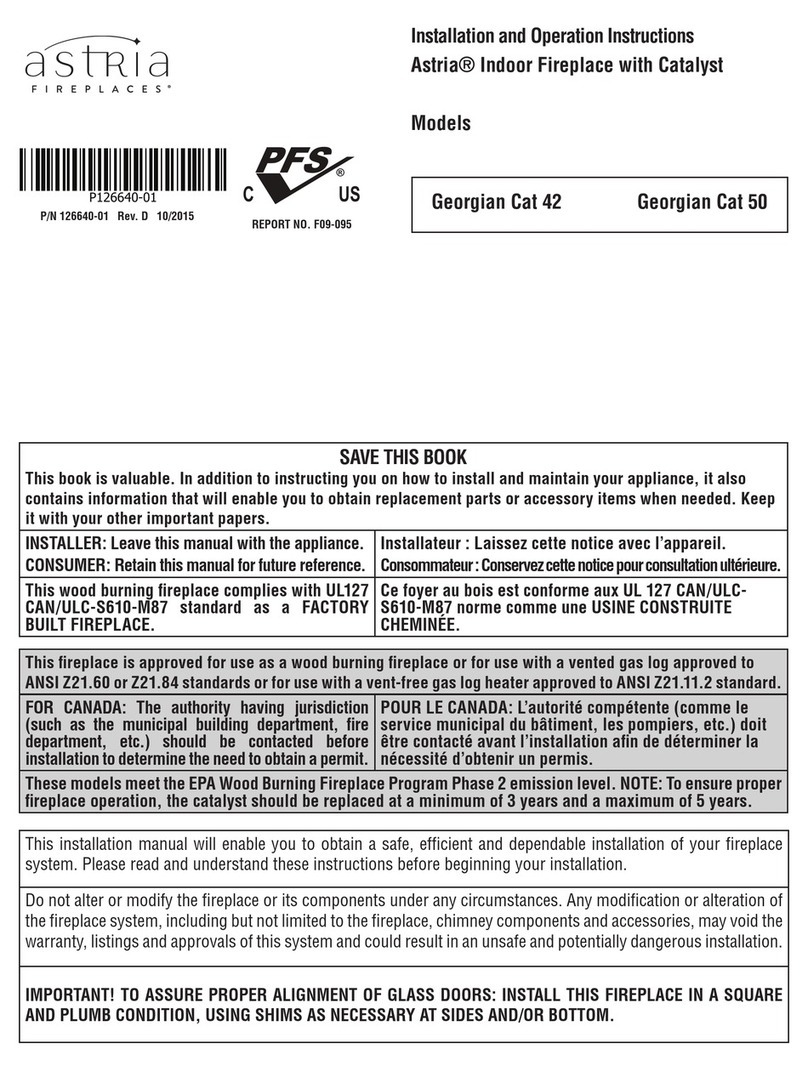
Astria
Astria Georgian Cat 50 User manual
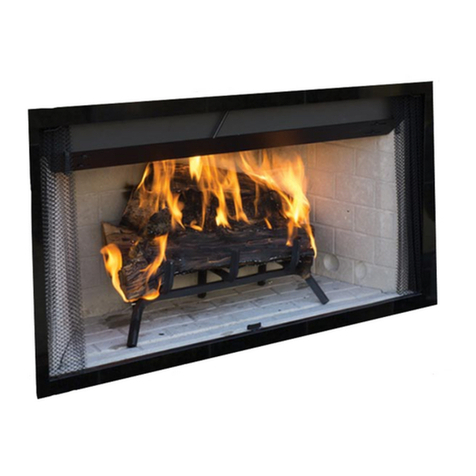
Astria
Astria Craftsman 42P2 User manual
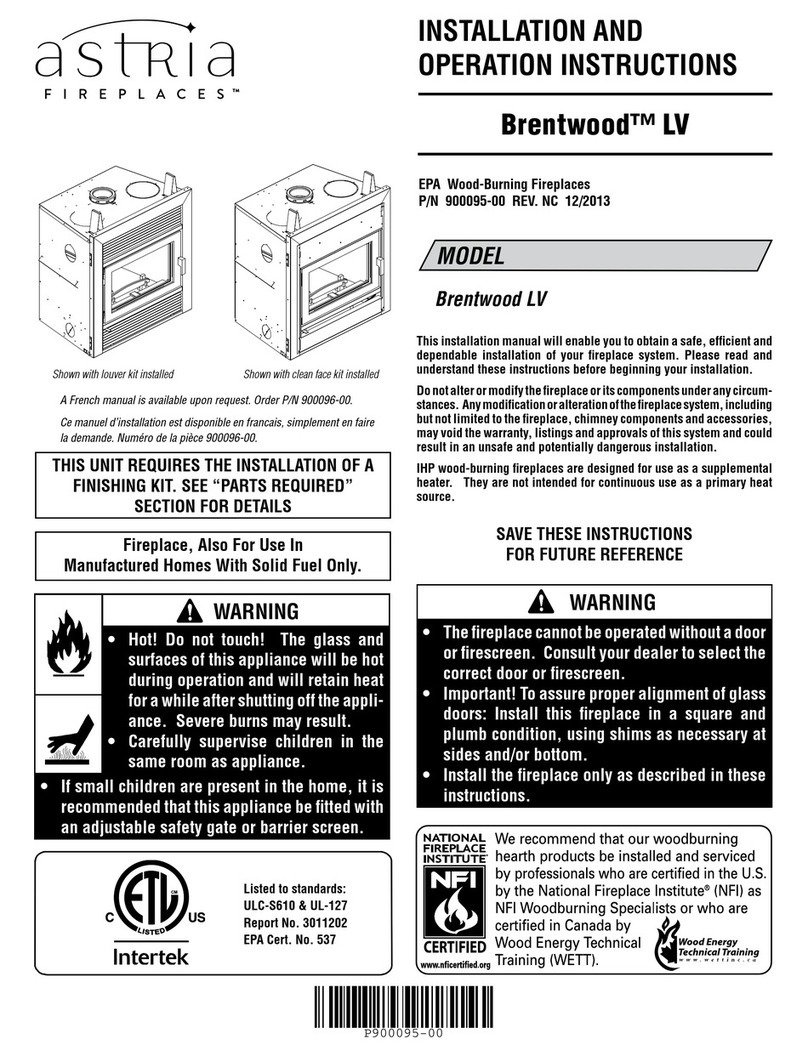
Astria
Astria Brentwood LV User manual
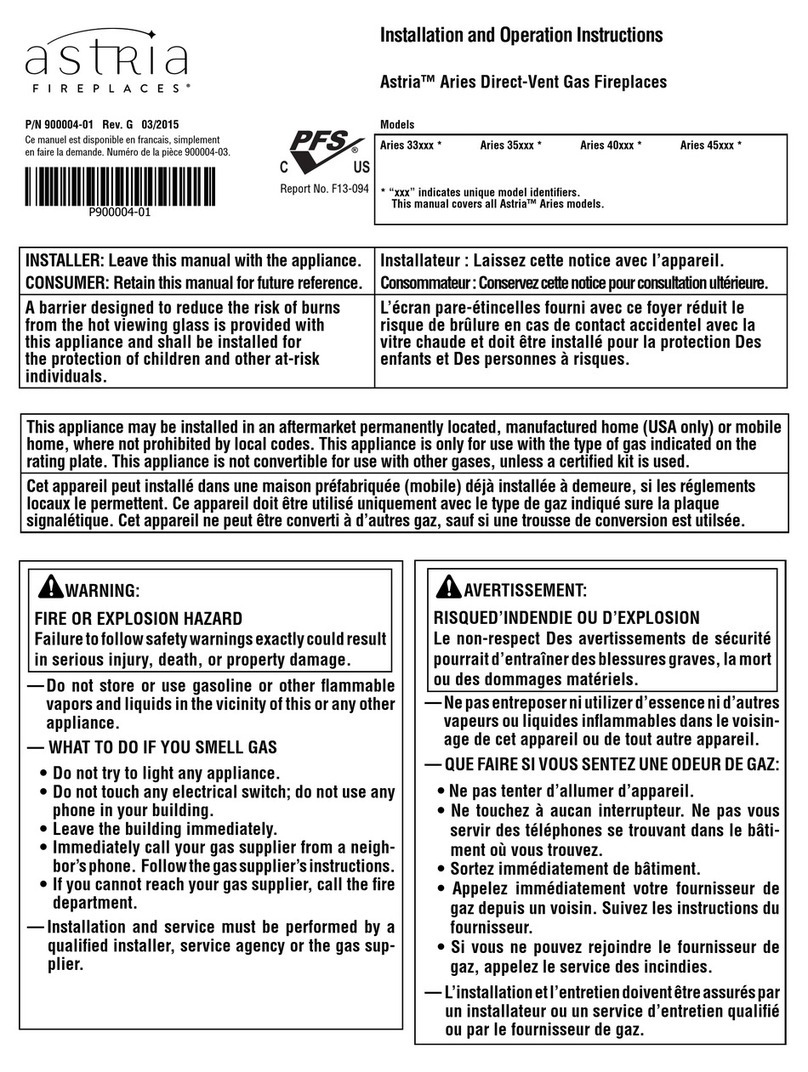
Astria
Astria Aries 33 User manual

Astria
Astria Tuscan36P2 User manual
Popular Indoor Fireplace manuals by other brands

Napoleon
Napoleon NEFL42CHD-1 manual

Masport
Masport WOOD FIRE installation guide

JAYLINE
JAYLINE SS280 Installation & operation instructions

Heat-N-Glo
Heat-N-Glo SL-32S Installation

kozy heat
kozy heat Bellingham 52 quick start guide

Paragon Fires
Paragon Fires ROOM SEALED INSET LIVE FUEL EFFECT GAS FIRE owner's manual

Monessen Hearth
Monessen Hearth LCUF32CR-B Installation & owner's manual

PuraFlame
PuraFlame Galena owner's manual

Dimplex
Dimplex Toluca Deluxe instruction manual

SEI
SEI TENNYSON FA8544AO Assembly instructions

Dru
Dru G25 installation manual

Capital fireplaces
Capital fireplaces Designline DL700 Installation and user instructions

IronStrike
IronStrike VINTAGE VINT-DVS-U Installation and operation

ACR Heat
ACR Heat HERITAGE N25 Installation and operating instruction manual

European Home
European Home HVF-42 Installation, operation and owner's manual

Quadra-Fire
Quadra-Fire MTVERNINSAE-MBK Owner's manual operation & care

Harman Home Heating
Harman Home Heating Accentra Insert Installation & operating manual

Trimline Fires
Trimline Fires Zircon 1024 installation instructions
